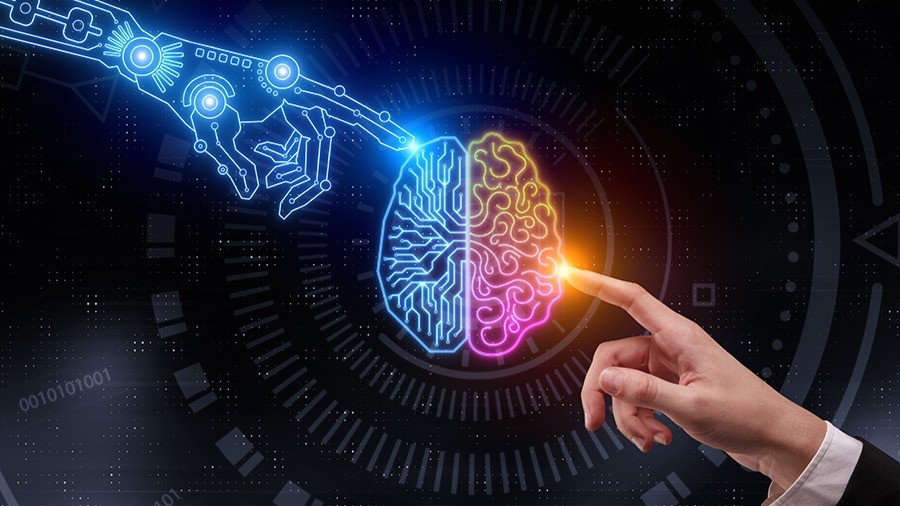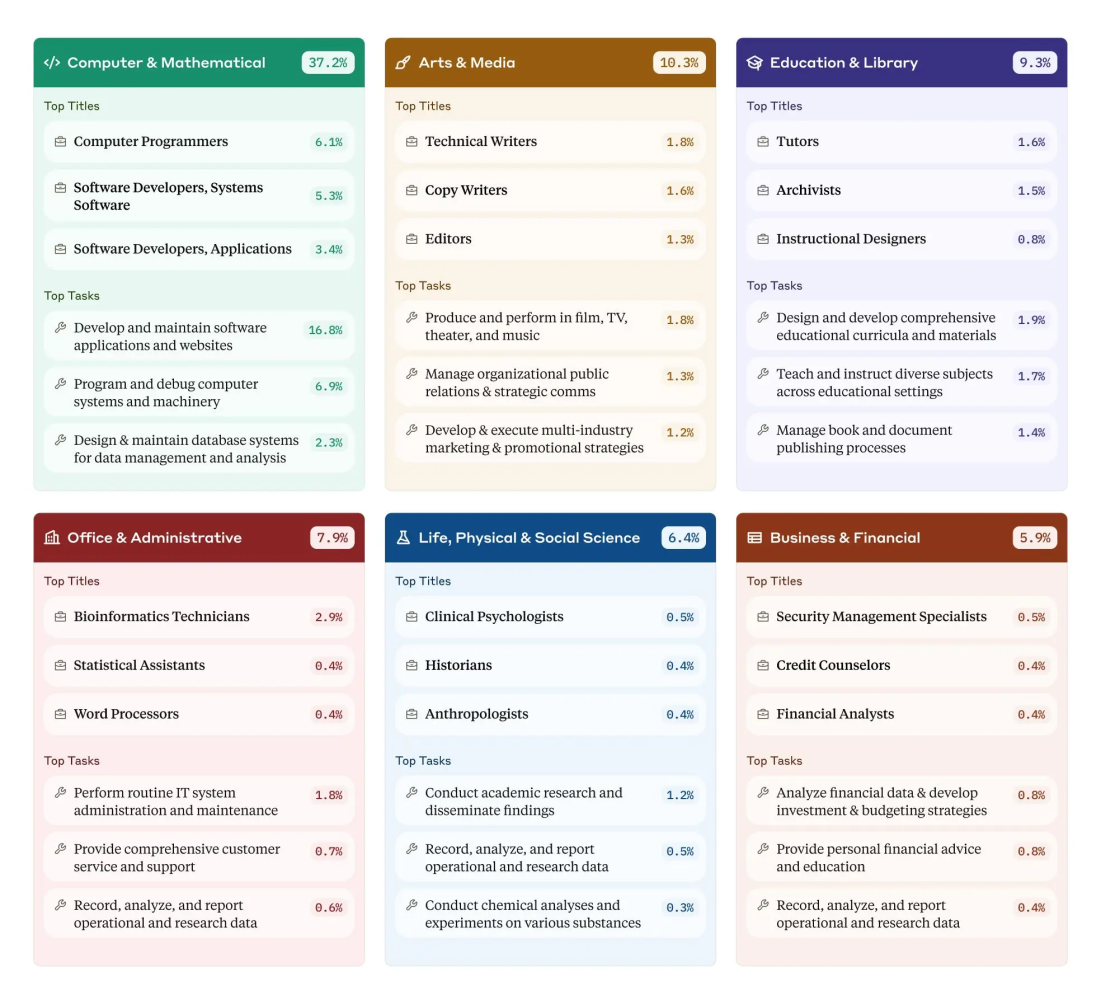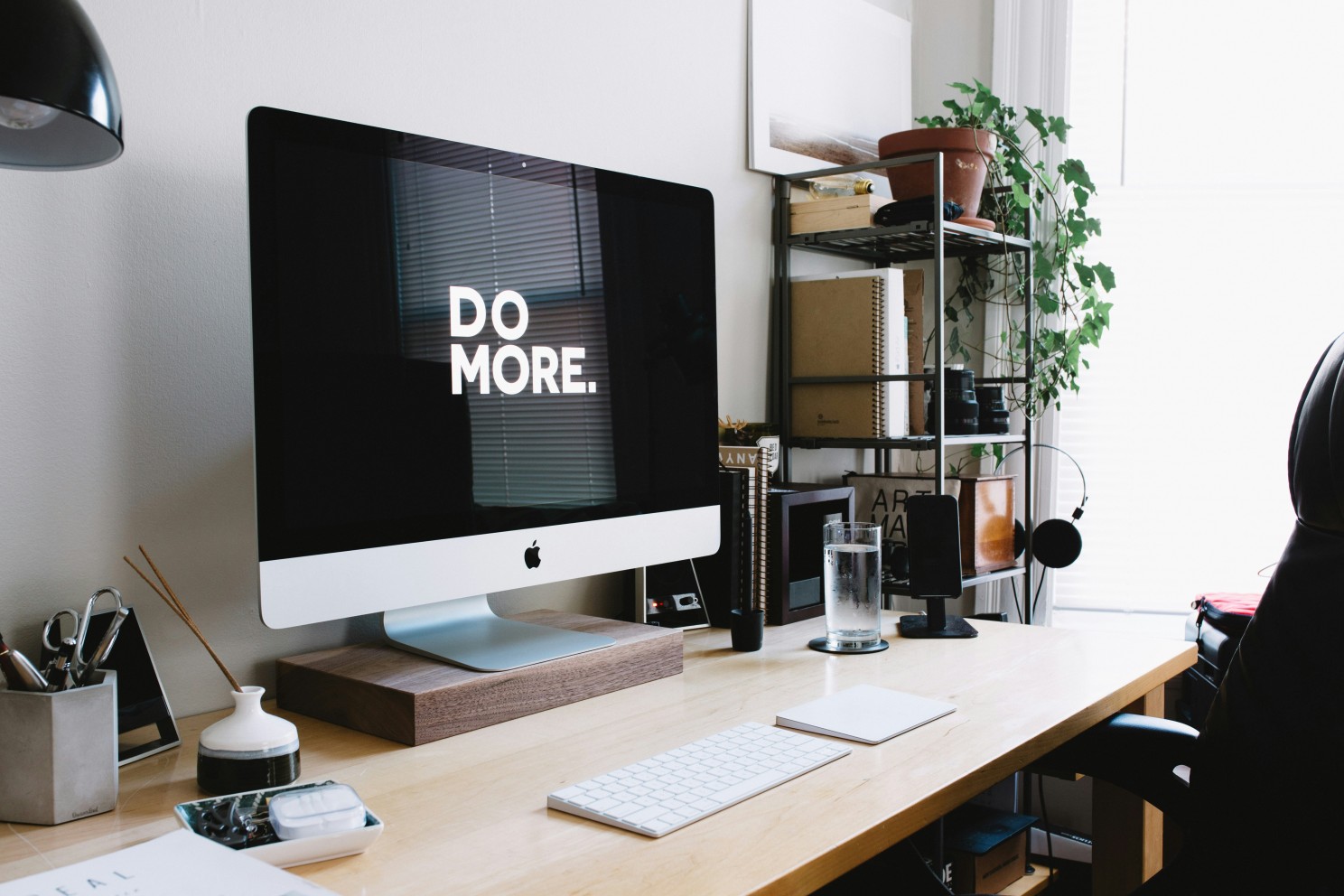
I’ve been obsessed with ChatGPT and this magical, type-whatever-you-want, do-anything-you-want technology since I first got my hands on it in 2019.
My first prompt? “Write me an essay on Macbeth.”
As I watched it generate sentences line by line, my jaw hit the floor. I immediately thought, Wow, I graduated a little too early.
For years, the dominant narrative around AI has been a mix of excitement and fear—machines replacing human workers, automating creativity, and rendering traditional jobs obsolete.
There’s a lot of gloom and doom out there, but wowzers, has it ever unlocked a massive amount of good for humanity!
- AlphaFold cracked the protein-folding problem, unlocking new possibilities in biotech.
- Lambic’s Enchant predicts a drug’s performance early on, which could seriously speed up the whole process.
- AlphaGo and AlphaZero give us a glimpse into the future of robotics and autonomous technology.
- AI is being used to predict extreme weather events and discover new sustainable materials.
- Medical imaging is more accurate than ever, leading to more personalized treatments and quicker diagnosis.
And that’s just scratching the surface of what AI has helped humans achieve in a few short years.
But let’s take a step back.
Have you ever wondered what AI could do for you, rather than to you?
Let’s shift the fear into excitement.
How AI Became My Personal Productivity Powerhouse
I use AI for about 50–70% of my day.
Think about that for a second. How much of your workday is spent on repetitive tasks, research, or things that aren’t actually valuable? Now, imagine if AI could take care of that for you.
What could you do with all that free time?
At this point, AI is more than just a tool—it’s an extension of my workflow. From analyzing or making sense of reports(like small business accounting—yuck), to keeping me up to speed on complex topics like understanding the global macro economics of Potash and the implications on Canada’s resource rich prairie economy, AI has become indispensable in bolstering my weaknesses.
It’s even starting to manage my calendar, emails, and contacts. I add new AI-driven enhancements to my productivity workflow almost every week. Last weekend, I figured out how to train my AI Executive Assistant Agent to retain memories. And yes, AI helped me create that. I promise to spill the beans and create a how-to in the future when I work out all the kinks.

Now, ask yourself:
👉 If AI could handle your most tedious tasks, how much more time could you spend on creativity, strategy, and actual problem-solving?
Spending the last few years in Regina’s rapidly growing creative economy has taught me one thing: AI will allow us to punch above our weight class more than ever before. It’s a real David vs. Goliath Story that I’ve seen first hand.
Creativity Isn’t Being Replaced—It’s Being Enhanced
I’ve read and heard a lot of chatter of how AI is destroying creativity.
What does creativity mean to you? Now, that’s a big question.
- Is it about coming up with something entirely new?
- Is it about taking existing ideas and forming them into something fresh?
If you ask me, net-new ideas are rare. Most of the greatest artistic expressions—whether in music, film, design, or anything in between—are remixes or reimaginings of what came before. Shoutout Andy Warhol.
AI doesn’t create for us; it creates with us.
I’ve thought a lot about video editing and how AI can be applied to help Tandem X Visuals grow. Traditionally, the editing process requires sifting through hours of footage, chopping up narratives, finding the perfect song, and adjusting colors with ‘Scopes’ to craft the perfect video.
(Side note: Marshall Littlefield has given me great respect for the ‘Scopes’ and how only the most gifted creatives hold the power to control them. Not I.)
Now, AI can automate a lot of these tedious steps, leaving more room for human storytelling. Is it perfect yet? Nope. A little gimmicky? Absolutely. But it’s coming.
The creative industry is shifting rapidly:
- Graphic designers can generate layout variations at the click of a button.
- Writers can use AI to research faster and structure their thoughts more efficiently—without losing their voice.
- Editors can streamline post-production without sacrificing creativity.
Where have you found yourself struggling in your creative work?
👉 Admitting weakness has never been more empowering. Those weaknesses are actually AI’s superpowers just waiting for you to ask the right questions.
AI can fill in the gaps, allowing you to focus on what truly matters—creating.
Beyond Creativity: AI’s Impact Across Industries
Let’s zoom out. Because I’m heavily involved in the creative industry, that’s where a lot of my focus has been but It’s not just creatives who are benefiting.

- Lawyers use AI to summarize massive amounts of legal documents. (Small business owners can ask for almost-close-enough legal advice, but better-run-it-by-Joe Gill-first advice.)
- Financial analysts rely on AI to sift through complex datasets. (Side note: Markets are in for a heck of a shift when we enter an AI vs. AI buy-sell dynamic.)
- Customer support teams deploy AI chatbots to handle repetitive questions, allowing human agents to focus on more meaningful interactions.
At its core, AI isn’t replacing jobs—it’s refining them.
It’s pushing us toward higher-value work by eliminating the mundane.
The real shift isn’t in the technology itself—it’s in how we choose to use it.
Your Mindset Will Define Your Future
So, what’s holding you back?
- Fear of the unknown?
- The belief that AI is taking something from you rather than giving you more time and efficiency?
The professionals who thrive in this AI-enabled world will be the ones who see AI as an ally, not an enemy.
History has shown us that every major technological advancement—from the printing press to the internet—initially sparked fear.
But those who adapted didn’t just survive; they led the way.
How to Embrace AI as Your Superpower
AI isn’t some far-off concept. It’s here. It’s now.
And it’s waiting for you—not as a replacement, but as a partner.

Treat AI as a partner, not a replacement. Use it to ideate, automate, and enhance while keeping your unique human touch.
Pinpoint where AI can save you time. Are you drowning in emails? Spending hours transcribing notes? Start small—list your biggest time sinks and integrate AI where it makes the most impact. (One day, I’ll never worry about laundry or the dishwasher again. Mark my words.)
Stay curious but don’t chase every shiny object. AI is evolving. So should you. But don’t get distracted by every new tool. I spent a year trying every next-big-thing before realizing I was being less productive while trying to be more productive.
Shift your focus to high-value work. AI can handle the busywork. Now, it’s up to you to build relationships, think strategically, and create meaningful work.
(AI might eventually think for us, too, but we’re not there yet. Probably 7-10 years down the road.)
AI Won’t Take Your Job—But Someone Who Uses It Might
Now, that’s a bold statement.
But over the last 18 months, I’ve seen it rapidly evolve, especially with the rise of agentic AI—the idea of integrating multiple AI models to build deep, intent-driven workflows.
The highest performers in the workforce won’t outwork you—they’ll outsystemize you.
The truth?
AI isn’t coming for your strengths; it’s here to improve your weaknesses.
The real danger isn’t AI itself—it’s being left behind by those who embrace it first.
So, here’s a thought to keep you up at night:
Are you ready to let AI work for you instead of worrying about it working against you?
The future of work isn’t humans versus AI.
It’s humans with AI.
If you wanted to dig in a little deeper to see some of the cool advancements I reference in this article, dig in below.
Further Reading: